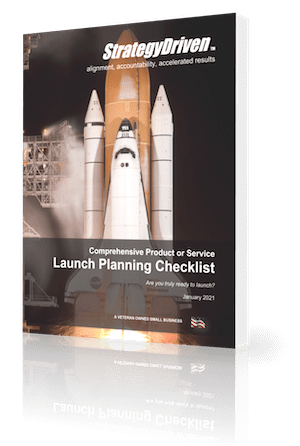6 Tips for Building High-Performance Teams

While there’s no formal mandate to say exactly what a high-performance team is, it’s clear when you’re in one because everyone works together better. And, it’s clear when you’re not in one because everything is a struggle.
Creating a High-Performance Team
Creating a high-performance team doesn’t happen by chance; it involves hard work and picking the right people, even when you can’t always know that you’ve selected the right ones. It means looking at the leadership structure of the team with open eyes and being honest with your team about the style you want to work with.
Inspirational speaker and author of Leaders Eat Last, Simon Sinek, is famous for saying “people don’t wake up in the morning wanting to be managed”, and that couldn’t be more true for high-performance teams. Getting the top-down leadership right to begin with makes a huge difference.
What else can we do to encourage high performance out of our teams and turn a mediocre team into an incredible one? We have six tips that every potential high-performance team should follow.
Building Your High-Performance Team
1 Work With Personalities and Personal Strengths
The very first thing you must make sure of when building your high-performance team — or if you’re looking to turn around an under-performing team — is that you work with the personalities and the personal strengths of the people you have, not against them.
Personalities are a funny thing. Many of us have done the Myers-Briggs 16 personalities tests, which give an interesting insight into our personalities, but there are many more. Psychologists mostly agree that there are five personality traits, known as ‘the big five’. These are conscientiousness, openness, neuroticism, extroversion and agreeableness. Understanding how your team scores individually will allow you to see who will work properly together, as well as who won’t, and what tasks they will perform well on.
For example, someone who is high in openness is generally high in creativity, and someone who is low in agreeableness will probably be very detail orientated, but less creative. Knowing who scores highly and in what area will allow you to make sure the tasks are divided properly between the team members.
2. Collaboration and Communication
Good collaboration and communication for your team are vital, especially when it comes to project management and remote teams.
Remote teams, perhaps more so than those in an office setting, need to have open lines of communication. Whether that means you use a tool for keeping track of tasks, like Trello for example, or a tool for managing feedback from clients, or even a tool for managing your day-to-day collaborative calendars, getting the communication right is absolutely vital.
Open communication allows everyone to know where they are, what they are doing and who is doing what. It removes that “what is she doing?” or “why has he done this in that way?” line of questioning and speeds things up.
3. Rewards
Great teams need great rewards, whether that’s pizza on a Friday, a team building day every 12 weeks, or even just a congratulations where it’s required.
Building team morale helps when things are tough. For example, if teams know they are appreciated, they are likely to be higher in morale and happier to work harder. Be warned though, if a team feels like their reward is just a gimmick, like free pizza on a Friday, then it will backfire on you.
Your team is human, after all, and needs real responses to real-world problems, not fake gimmicks to trick them into working.
4. Risks
Risk-taking comes easier to some than to others. It’s usually easier for creative types to take risks than those who may be more logical, but taking risks as a team can pay off in the long run.
If you give your team the room to take calculated risks and to grow in confidence, it will pay back in dividends.
5. Personal Development
Personal development comes in all forms, but studies have shown that life-long learners make for happier employees and, as we all know, happier employees make for better team members.
There are not many people in high-performance roles who will be happy to plod along year after year without the investment they are due. It’s time to take this commitment further and really invest in your team.
Workplace coaching is great for this, and getting in an accredited coach to work with your team and instill a coaching culture in your workforce can make a huge difference to your whole team’s attitude.
6. Weed Out the Rot
This last tip is possibly one of the most important of all: it’s time to weed out the rot.
Everyone knows what this means, and everyone has worked with that colleague who just brings nothing to the table. They’re that colleague who is sullen and angry about everything; they are cynical and they can bring everyone’s mood down. Essentially, they are the rot that will set in and destroy a team.
Before you work on trying to find a way to get rid of this team member, try to figure out why they are like that. Of course, many people will be cynical and angry just because they are in the building, and it can’t be disregarded that some people just hate their jobs. But for some people, it is because they aren’t being challenged or supported enough.
If your company has a strong hierarchical structure, doesn’t support employees particularly well, has a lot of gossip and office politics, and doesn’t push people to better themselves, this can create resentment and low mood in employees, leading them to become angry and cynical and not productive.
High-performance teams are made up of all sorts of people and need a diverse range of thinkers to really achieve their goals. What kind of team will you build?













Leave a Reply
Want to join the discussion?Feel free to contribute!